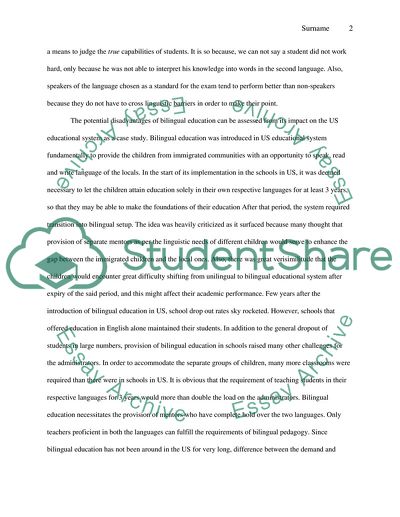Cite this document
(“Bilingual Education Should not Be Offered in Public Schools Research Paper”, n.d.)
Bilingual Education Should not Be Offered in Public Schools Research Paper. Retrieved from https://studentshare.org/education/1745714-bilingual-education-should-not-be-offered-in-public-schools
Bilingual Education Should not Be Offered in Public Schools Research Paper. Retrieved from https://studentshare.org/education/1745714-bilingual-education-should-not-be-offered-in-public-schools
(Bilingual Education Should Not Be Offered in Public Schools Research Paper)
Bilingual Education Should Not Be Offered in Public Schools Research Paper. https://studentshare.org/education/1745714-bilingual-education-should-not-be-offered-in-public-schools.
Bilingual Education Should Not Be Offered in Public Schools Research Paper. https://studentshare.org/education/1745714-bilingual-education-should-not-be-offered-in-public-schools.
“Bilingual Education Should Not Be Offered in Public Schools Research Paper”, n.d. https://studentshare.org/education/1745714-bilingual-education-should-not-be-offered-in-public-schools.


